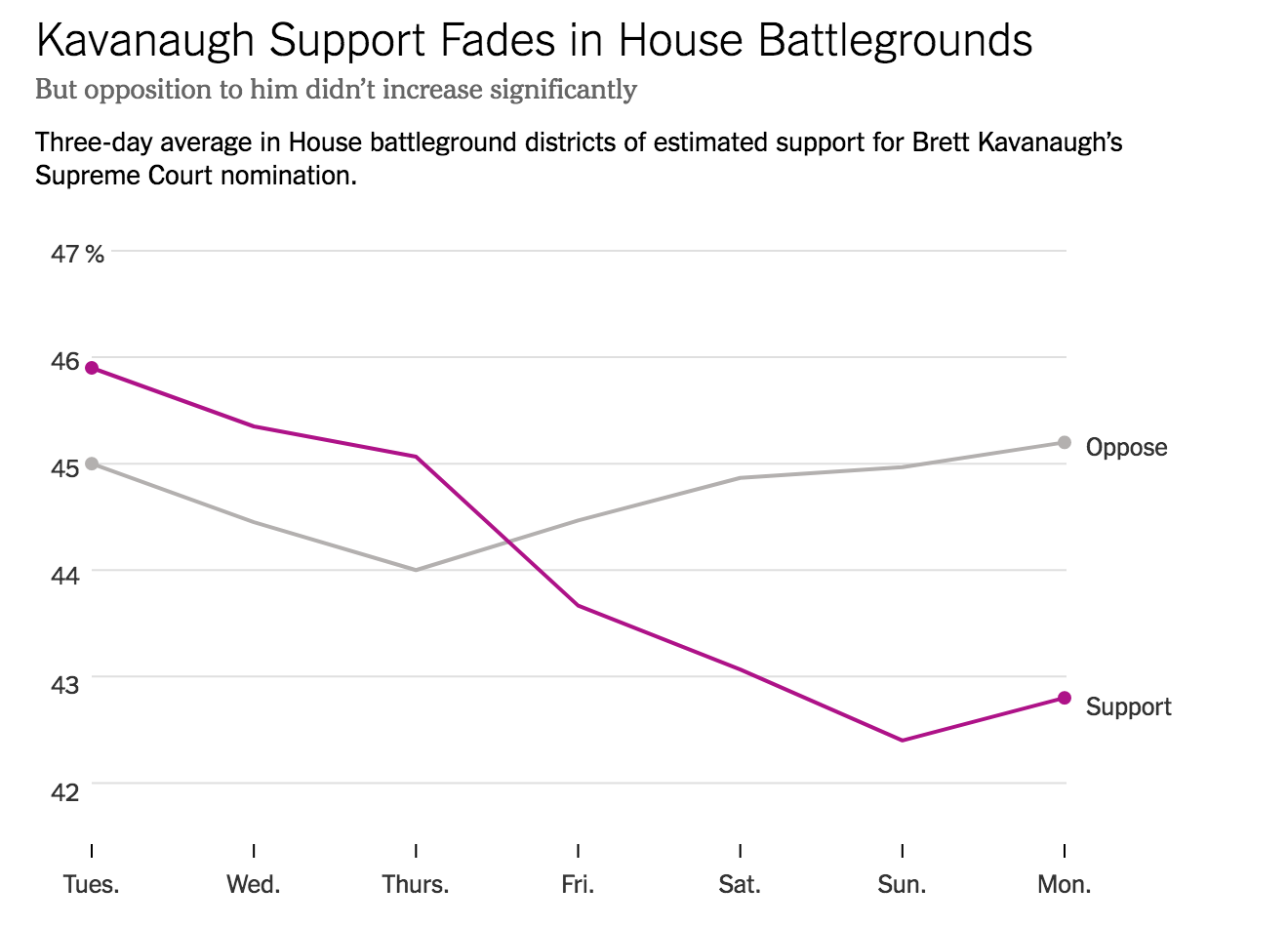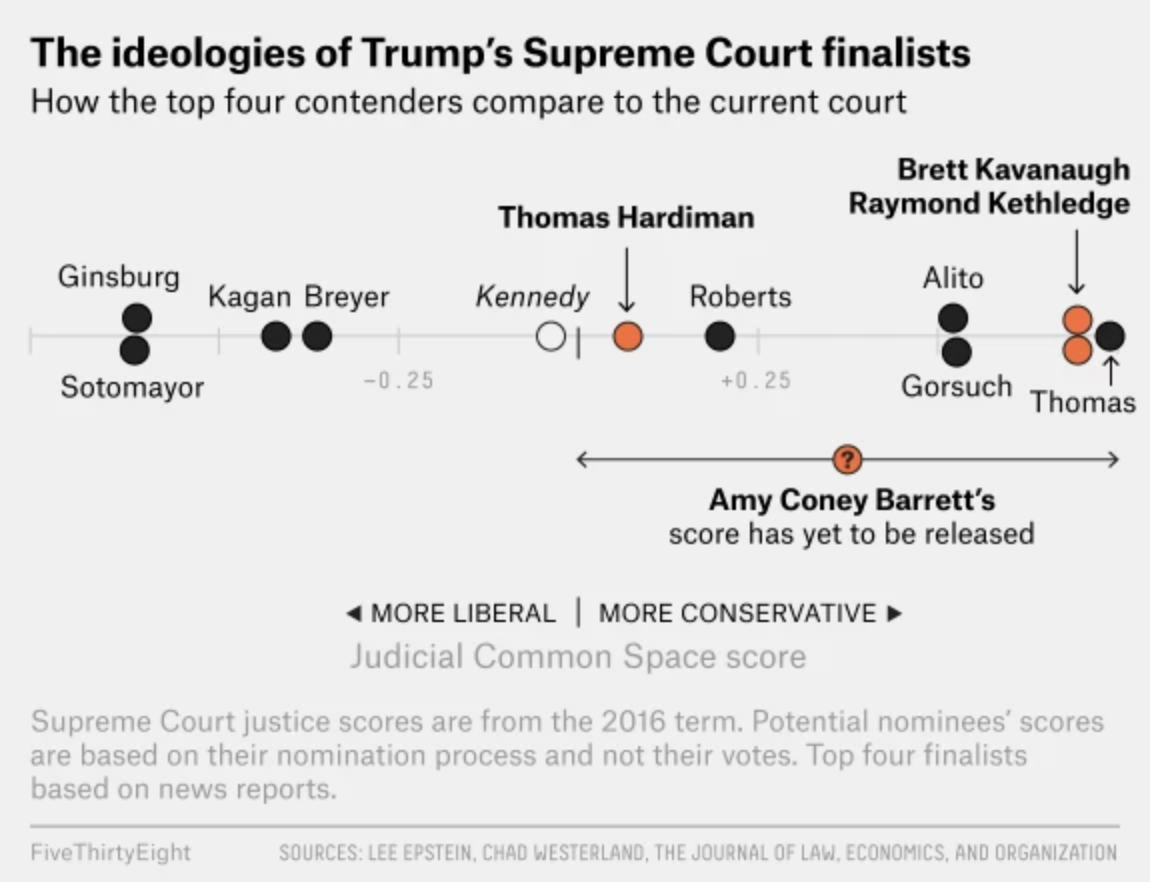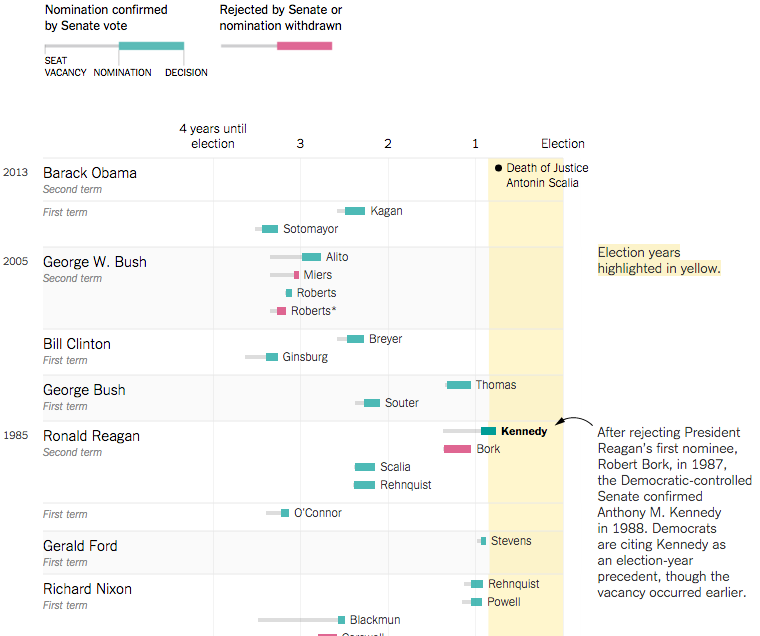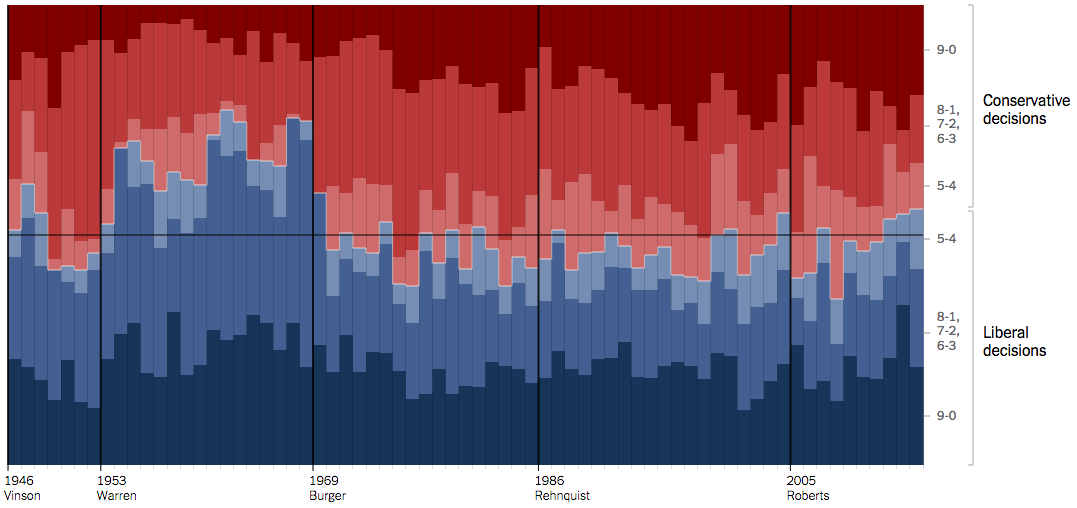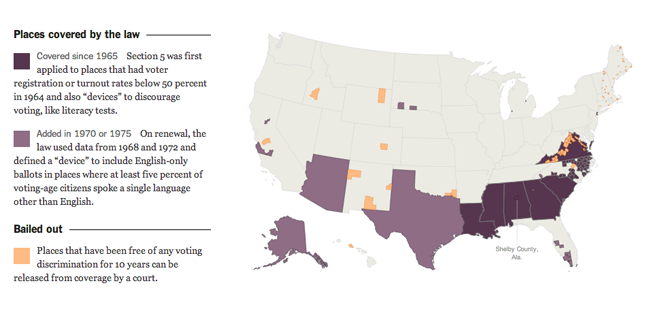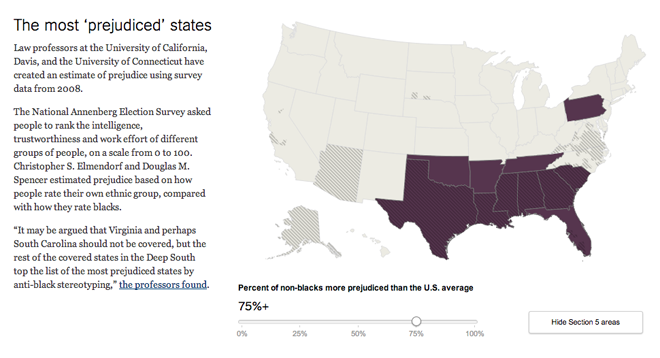Throughout recorded history, calendars have profoundly impacted the development of human society. They allowed us to mark the rain or flood seasons to prepare for planting or reaping crops along the banks of rivers like the Nile. Calendars allowed us to account for the seasons and create the mythologies around them. We also have calendars for lunar cycles and other celestial objects.
But the calendar looking to impact human history last week was this one:

That is the calendar of Brett Kavanaugh, nominee for the US Supreme Court. First, I find it remarkable that someone kept a calendar from 1982. Secondly, we are using this to corroborate or prove false allegations of sexual assault by said nominee.
The New York Times had this on their front page of Thursday’s print edition. And it did a great job of focusing the reader’s attention on arguably the most important story of the day.
As some of you are probably aware, the Senate Judiciary Committee, who must first vote on a Supreme Court nominee, interviewed one of the accusers. Republicans were forced to admit she is credible enough of a witness that instead of being confirming Kavanaugh, he is now being reinvestigated to see if these allegations are true.
Credit for the piece goes to Brett Kavanaugh.

